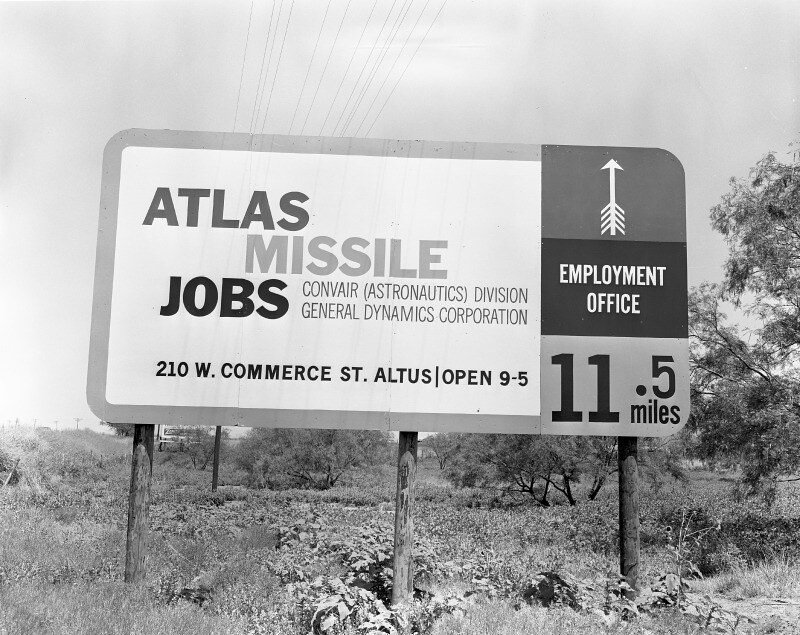Vaccine hesitancy across England’s communities is being tackled by bringing comms teams together to pool ideas, resources, insight, and data
by John-Paul Danon
Quite a few trends emerged during this past year of COVID that people now wonder if they might keep in their lives for good. Like working from home, knowing your neighbours, appreciating nature, and baking and eating a cake a day (NB you may need to kick that last one into touch).
Having been part of a lockdown campaign last year where groups of councils from the West Midlands and London used shared ideas and resources to communicate a common theme (recruiting social care workers), team CAN would heartily recommend this “council collective” working as another lockdown keeper.
And this year we’ve put it to good use for the COVID-19 communications challenge of vaccine hesitancy, teaming up with Westco (the agency founded on the comms expertise of Westminster Council) to come up with a campaign that any council can use to help drive uptake.
Four weeks since the campaign’s launch, we thought we’d share with the comms2point0 community the lessons being learnt by the councils taking part (and us) and how you too can tap into the resources free of charge.
Crafting the campaign
At the start of the year, Westco looked at the research available on COVID vaccine hesitancy and found that a sizable proportion of the UK population (as much as 15% in London) said they were not planning to take the vaccine. Demographically, people with a BAME background (58% in London) and in low socio-economic groups were more likely to be hesitant.
Vaccine hesitant, but not anti-vaxxers. The research showed those resistant are mostly just being cautious. Barriers to taking the vaccine included not trusting something developed and delivered at such speed, waiting until more people had it, and bad health care experiences in the past.
The Westco creative team came up with five concepts to address these barriers, including:
Give us 10 seconds to change your mind: using the same tactics that draw people to misinformation on social media – that it’s easy to consume – vaccine facts are set out in a series of 10-second animations, each tackling a different myth.
What getting it and not getting it looks like: pairs of images shot from the viewer’s perspective to show what life could be like if everyone takes the vaccine and what it will remain without it – missing friends, family, and freedoms.
Calling all nans and pops: using the famous old RKO radio idents to symbolise “broadcasting” a callout to grandparents to spread the word that the vaccination is available and safe once they’ve had it.
The full suite of campaign creatives is available free for any council to use and adapt on their own channels as part of their local campaigns (the link is at the end of this blog).
We use programmatic advertising to amplify the creatives on websites and social media. It can reach up to 95% of any target group – when usually under 10% of council residents follow their local authority on social media. It also means we can closely monitor the campaign as it goes out live and optimise the creatives and channels working best for each council.
Learning and sharing
Over the first four weeks of the vaccine hesitancy campaign (up to 12 March) – with ten councils taking part – 15.3 million impressions and more than 190,000 clicks had been registered. The overall click-through rate (CTR) was an average 1.24% (for comparison, general ads get an average of 0.6%).
Across all councils taking part, the top performing campaign creatives (those clicked on by the most people) were those explaining vaccine facts in 10 seconds (especially a creative on side effects) and those describing what we’d miss out on without taking the vaccine (notably those on clubbing and holidays).
Weekly “working huddles” have been established for comms folk, to take them through the latest data and share what’s working and not for each council. “Armed” with detailed insight into how different demographics are responding week by week, comms teams can engage in a more informed way through further targeting and/or on the ground.
Discussions around the opinion survey are particularly interesting. This is pushed out to people in lower socio-economic and BAME groups – those identified as potentially “vaccine hesitant” – and has had more than 12,000 interactions. Of course “BAME” (not everybody’s favourite acronym) has a different meaning for every council area’s population.
Havering Council is running the survey in Eastern European languages. With a mainly white British population (around 80%) living in this Greater London borough, the largest other communities there are Lithuanian, Albanian, and Romanian. Of the 2,000 surveys completed in Havering, 104 people said they would reject the vaccine, with 52.3% citing safety concerns. Knowing this, the Havering can now focus on engaging with the rejectors through specific comms.
The London Borough of Haringey Council is targeting the area’s far wider spectrum of ethnic cultures with material translated into its many community languages. Videos are running as pre-roll clips that have been developed with faith and community leaders, council and NHS staff, and residents, expressing both personal and professional opinions: from Black Caribbean elders to a Ghanaian nurse, and from a Kurdish dentist to a mixed-race autism champion.
Oldham Council has worked with local Imams to take a lead in their communities by going public with their own vaccinations, while Milton Keynes Council has conducted video vox pops at vaccination centres in some BAME areas to share online.
If your council or NHS trust is planning vaccine comms over the next few weeks, here are three tips for issues coming down the line according to our huddle teams:
Knowing who to reach out to. The most comprehensive population statistics used in research are still those from the decade-old 2011 Census. With the new Census only happening this month, find out if your council owns a more recent local population breakdown by ethnicity to inform your campaign. Some councils have been surprised by interaction rates with translations they’d not previously considered. Make full use of the content available in community languages from Public Health England, as well as the other helpful info videos they share from the British Liver Trust, Diabetes UK and other health charities.
Start shaping messaging for younger people. As the vaccine rolls out down the age groups, early research is showing issues to consider include non-registration with a GP practice, staying home for the rest of lockdown and appropriate vaccination settings. Westco has been running focus groups with young people on these issues and this info will be available soon.
Think about lower income groups of all ethnicities. The focus is most often on BAME vaccine hesitancy, but income and social groupings are also relevant. In our survey, those willing to take the vaccine across all lower income groups is currently 87% and for the BAME audience 90%.
And when all this is over…
This sort of sharing of resources and information between councils means not having to continually reinvent the wheel – saving time, money, and other resources.
Across the country most services councils deliver are the same: adults and children’s, waste and recycling, public health and so forth. And most of the problems faced delivering these services are the same: how to recruit new foster carers, how to encourage residents to reuse more and throw away less, how to get people to stop smoking.
With these challenges inevitably landing at the door of communications teams for solutions, it makes sense for resources to be shared and adapted like they have been for this vaccine hesitancy campaign. It would still leave room for individual teams to add their own local expertise.
Local government stock is high right now. Its handling of COVID-19 has had a positive impact on public perception. A recent survey conducted for the Association for Public Service Excellence (APSE) said public trust in local councils is nine times higher than for central Government. And senior managers and elected members are taking note of the role of comms in this. A poll of council communications staff found 87% thought the status of their team was higher than ever in their organisation.
It’s a good time to build for a future based on shared solutions.
Take a look at the Westco vaccine hesitancy campaign creatives and download them to use free on your council channels from comms2point0’s COMMS:FILES. Just pop the word “Covid” into the search box.
And watch the webinar recording of the launch of the vaccine hesitancy campaign featured in this blog, for lots of extra insight.
John-Paul Danon is sales director at CAN Digital You can say hello on Twitter at @jpdanon
Image via JayredS






















